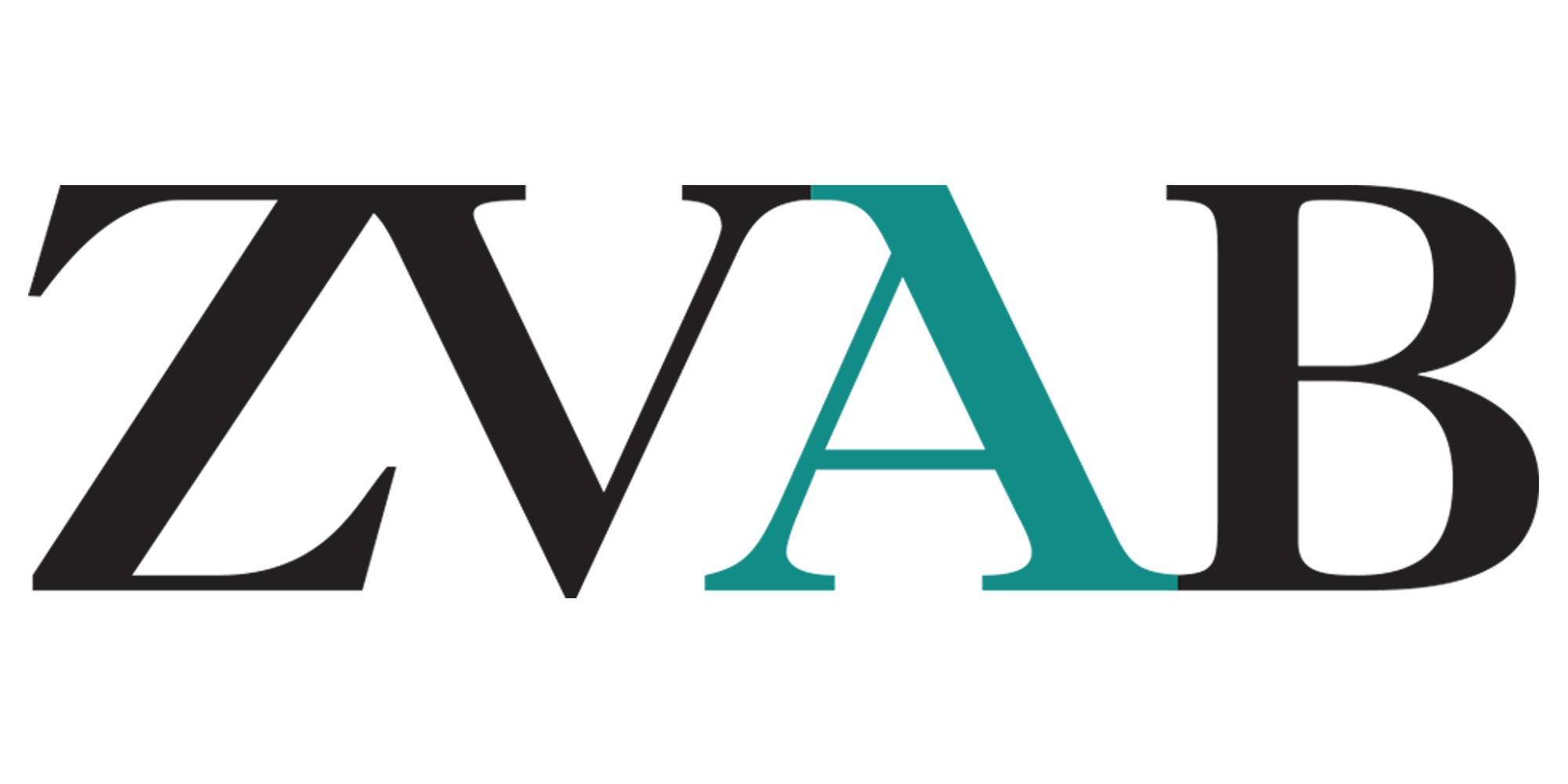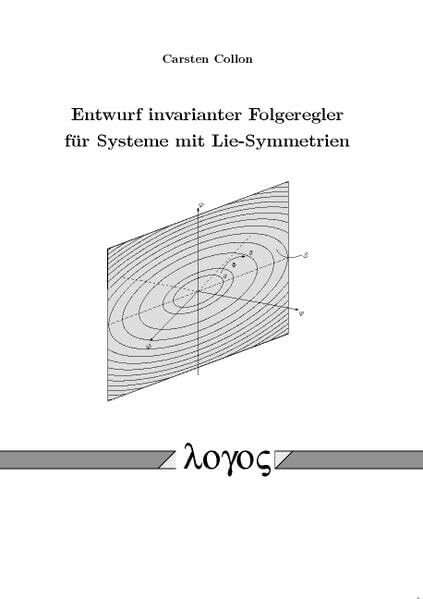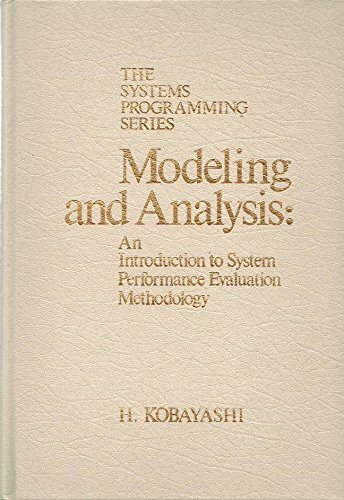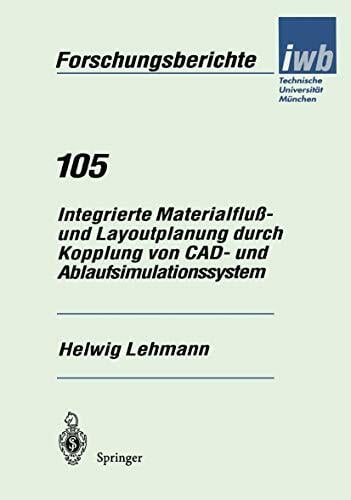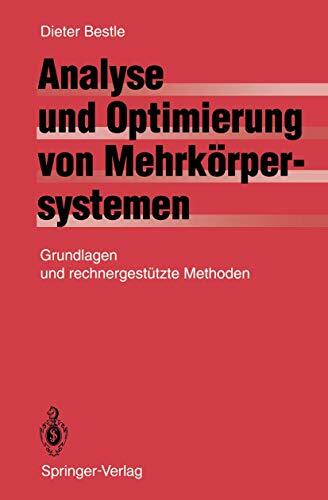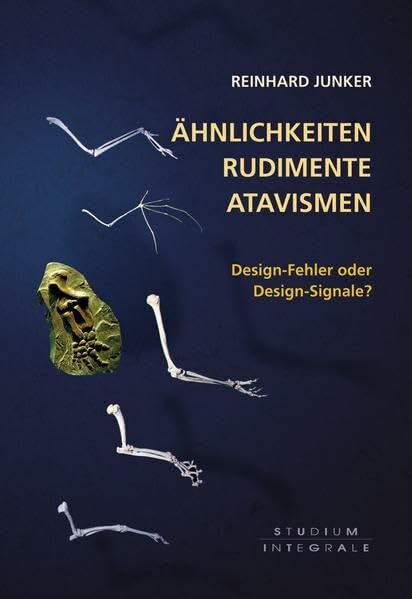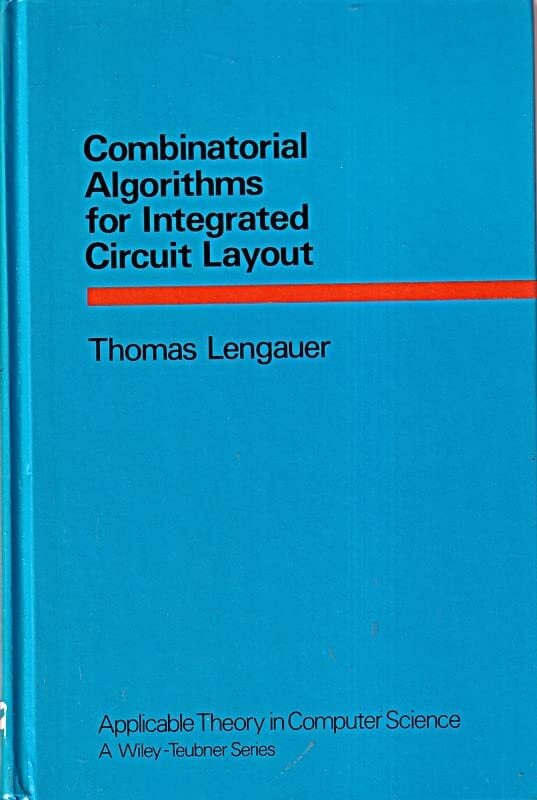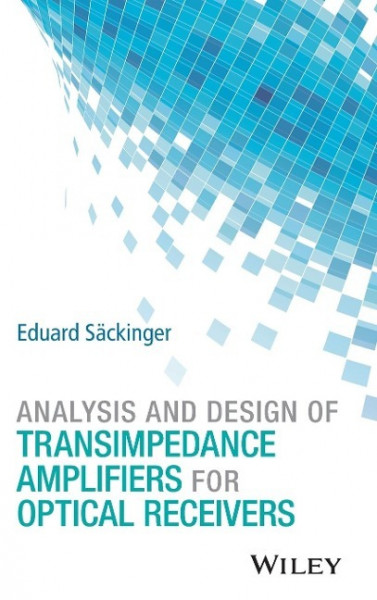
Analysis and Design of Transim
Kurzinformation
inkl. MwSt. Versandinformationen
Artikel zZt. nicht lieferbar
Artikel zZt. nicht lieferbar

Beschreibung
An up-to-date, comprehensive guide for advanced electrical engineering studentsand electrical engineers working in the IC and optical industries This book covers the major transimpedance amplifier (TIA) topologies and their circuit implementations for optical receivers. This includes the shunt-feedback TIA, common-base TIA, common-gate TIA, regulated-cascode TIA, distributed-amplifier TIA, nonresistive feedback TIA, current-mode TIA, burst-mode TIA, and analog-receiver TIA. The noise, transimpedance, and other performance parameters of these circuits are analyzed and optimized. Topics of interest include post amplifiers, differential vs. single-ended TIAs, DC input current control, and adaptive transimpedance. The book features real-world examples of TIA circuits for a variety of receivers (direct detection, coherent, burst-mode, etc.) implemented in a broad array of technologies (HBT, BiCMOS, CMOS, etc.). The book begins with an introduction to optical communication systems, signals, and standards. It then moves on to discussions of optical fiber and photodetectors. This discussion includes p-i-n photodetectors; avalanche photodetectors (APD); optically preamplified detectors; integrated detectors, including detectors for silicon photonics; and detectors for phase-modulated signals, including coherent detectors. This is followed by coverage of the optical receiver at the system level: the relationship between noise, sensitivity, optical signal-to-noise ratio (OSNR), and bit-error rate (BER) is explained; receiver impairments, such as intersymbol interference (ISI), are covered. In addition, the author presents TIA specifications and illustrates them with example values from recent product data sheets. The book also includes: * Many numerical examples throughout that help make the material more concrete for readers * Real-world product examples that show the performance of actual IC designs * Chapter summaries that highlight the key points * Problems and their solutions for readers who want to practice and deepen their understanding of the material * Appendices that cover communication signals, eye diagrams, timing jitter, nonlinearity, adaptive equalizers, decision point control, forward error correction (FEC), and second-order low-pass transfer functions Analysis and Design of Transimpedance Amplifiers for Optical Receivers belongs on the reference shelves of every electrical engineer working in the IC and optical industries. It also can serve as a textbook for upper-level undergraduates and graduate students studying integrated circuit design and optical communication. von Säckinger
Produktdetails

So garantieren wir Dir zu jeder Zeit Premiumqualität.
Über den Autor
EDUARD SÄCKINGER, PhD, is Principal Analog Engineer at MACOM USA. For more than ten years, Dr. Säckinger worked at Bell Laboratories (AT&T and Lucent Technologies). After that, he joined Agere Systems (a Lucent spin-off), Conexant Systems, and Ikanos Communications (through an acquisition). He has conducted seminars on broadband circuits for optical fiber communication at Agere Systems, Lucent Technologies, MEAD Microelectronics, and the VLSI Symposium. He served as an Associate Editor for IEEE Journal of Solid-State Circuits for six years.He is the author of the book Broadband Circuits for Optical Fiber Communication.

- Hardcover
- 432 Seiten
- Erschienen 2006
- Wiley-Interscience
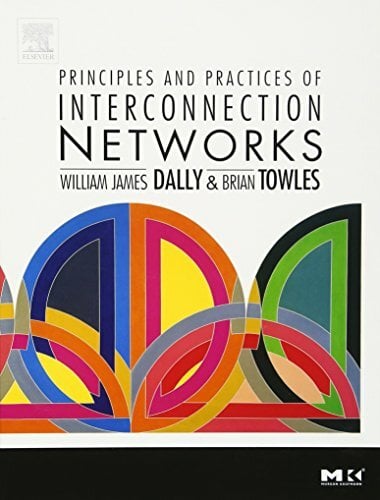
- hardcover
- 576 Seiten
- Erschienen 2004
- Morgan Kaufmann

- Hardcover -
- Erschienen 2010
- Vieweg+Teubner Verlag
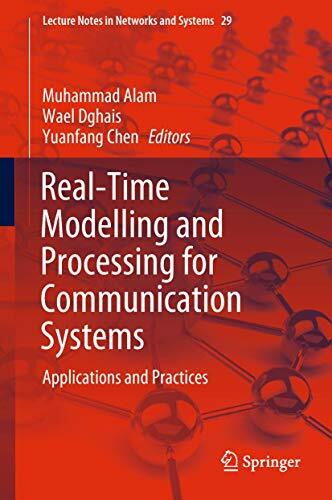
- Gebunden
- 282 Seiten
- Erschienen 2018
- Springer
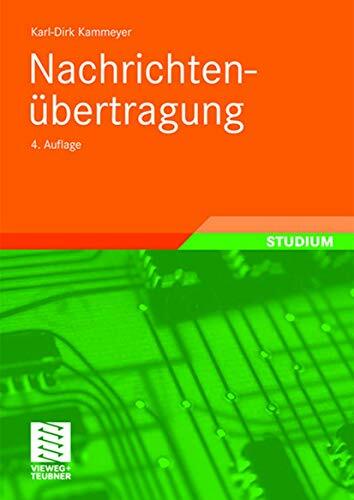
- paperback
- 861 Seiten
- Erschienen 2008
- Vieweg+Teubner Verlag

- Hardcover
- 196 Seiten
- Erschienen 2011
- Swiridoff

- Gebunden
- 300 Seiten
- Erschienen 2013
- Springer




